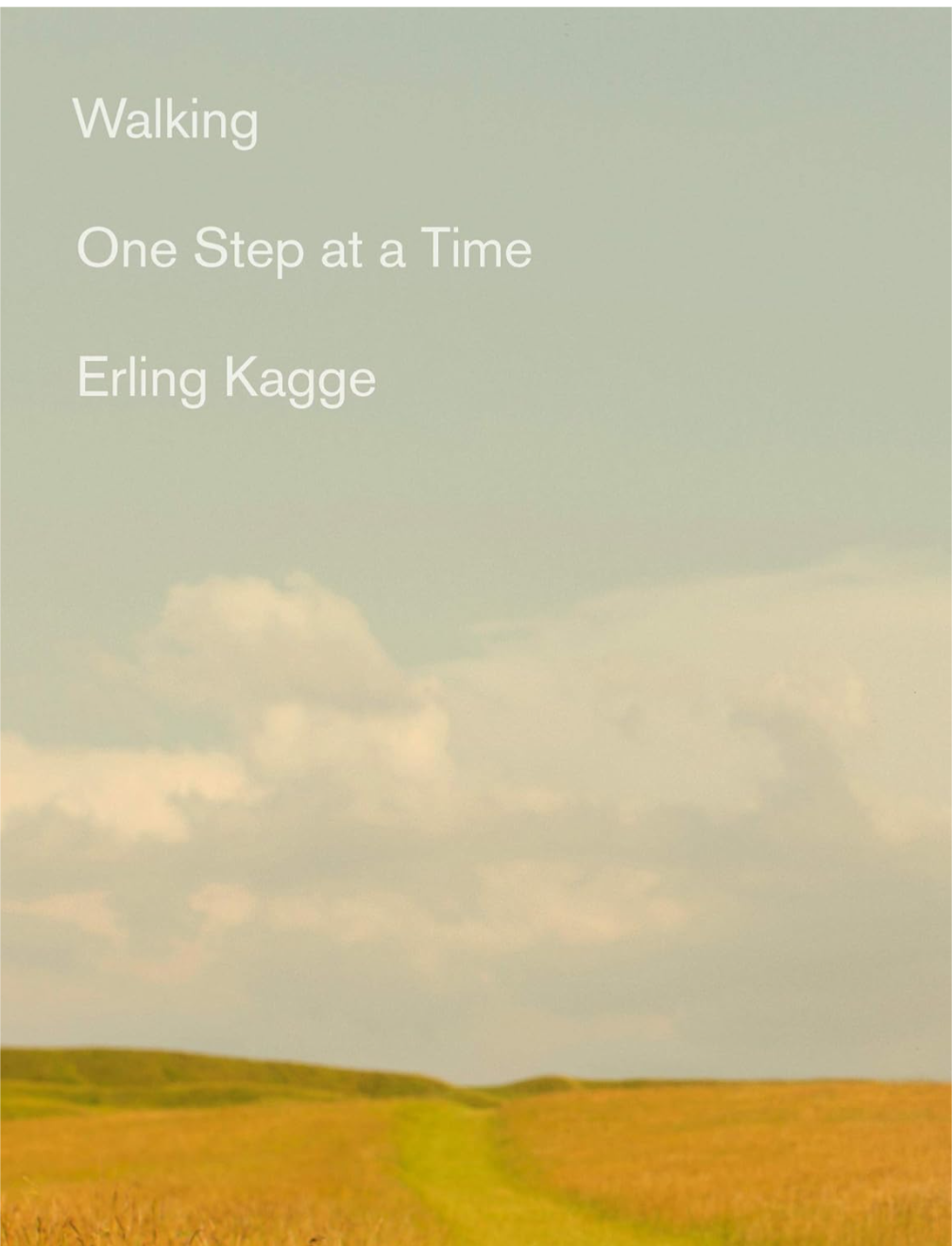Empowering Changemakers: Orchestrating Impact through Integrated Frameworks
Image Credit: Design Council
In a world that is increasingly interconnected and complex, changemakers hold the key to driving meaningful and lasting transformations. Whether they are leaders, system thinkers, storytellers, designers, or connectors, their ability to navigate ambiguity, align stakeholders, and catalyze action is critical. Yet, these tasks are daunting without the right tools and frameworks.
This blog explores how an integrated portfolio of frameworks—spanning systems thinking, design thinking, OODA Loop, Three Horizons, and more—can empower changemakers to achieve their desired outcomes and impact.
I would like to share my perspectives based on my personal synthesis to enhance my own understanding so that I can apply them in solving complex real world problems that are worth solving.
Why Changemakers Need a Portfolio of Frameworks
Changemakers operate at the intersection of complexity and possibility. They navigate environments where:
Systems are dynamic and adaptive: Outcomes depend on understanding and influencing interconnections.
Stakeholders are diverse and interdependent: Collaborating across silos requires common language and shared purpose.
Change is non-linear: Transformations often require iterative approaches and long-term vision.
To thrive in these conditions, changemakers must move beyond single methodologies. Instead, they need a portfolio of frameworks that:
Enables sense-making in complex environments.
Guides decision-making with speed and precision.
Facilitates collaborative action toward shared goals.
Sustains learning and adaptation over time.
The Integrated Portfolio: A Systems Approach
1. Systems Thinking
Helps changemakers understand the system they are working within, identifying leverage points and interdependencies.
Ideal for framing problems and clarifying "what’s happening and why."
2. Design Thinking
Focused on human-centered innovation, enabling changemakers to design interventions that are meaningful and impactful.
Works well in tandem with systems thinking for crafting solutions.
3. Sensemaking
Aids in interpreting ambiguous signals and uncovering patterns in data and stakeholder behavior.
Critical for understanding the context and aligning diverse perspectives.
4. OODA Loop
A rapid decision-making framework (Observe, Orient, Decide, Act) that helps changemakers iterate and adapt in fast-changing scenarios.
5. Three Horizons
Bridges short-term and long-term strategies by mapping current systems (H1), transition initiatives (H2), and future possibilities (H3).
Ideal for managing trade-offs and fostering innovation.
6. Two Loop Learning
Encourages reflective thinking and challenges underlying assumptions to create transformational change.
7. Theory of Constraints (ToC)
Focuses on identifying and resolving bottlenecks in processes, making it essential for improving system throughput.
8. Complex Adaptive Systems (CAS)
Equips changemakers to work with emergent behaviors in systems, emphasizing the need for continuous learning and adaptation.
9. Prospection and Speculative Design
Guides changemakers to envision multiple futures and design pathways to navigate toward the most desirable outcomes.
A Framework for Changemaker Action
To orchestrate impact, changemakers can follow these steps:
1. Understand the System: Use systems thinking and sensemaking to map interdependencies and identify leverage points.
2. Define the Desired Outcome: Clarify what success looks like, using frameworks like Three Horizons to align short-term actions with long-term goals.
3. Experiment and Iterate: Apply OODA and design thinking to test interventions and refine solutions.
4. Build Bridges and Momentum: Use change management principles to align stakeholders, ensuring the transition from current systems to future possibilities.
5. Sustain Learning: Adopt double-loop learning to reflect, adapt, and embed resilience in the system.
Empowering Changemakers with Tools and Insights
Changemakers must be equipped not only with frameworks but also with tools for system mapping, stakeholder engagement, and data-driven decision-making. For example:
Integrated Dashboards: Real-time insights that blend systems data with stakeholder feedback.
AI-Driven Sensemaking Tools: Harnessing technology to uncover patterns and inform foresight.
Knowledge Graphs and Ontologies: Creating semantic layers to connect data, people, and processes.
The Call to Action
As changemakers, your role is to align people, processes, and perspectives toward a shared vision of impact. By mastering a portfolio of frameworks and adopting a mindset of continuous learning and adaptation, you can orchestrate transformations that ripple through systems, organizations, and communities.
Let’s reimagine and reinvent together. Whether you’re tackling operational challenges, scaling innovation, or driving cultural shifts, there is a framework to support you. The question is: Which one will you start with today?
---










Comments
Post a Comment